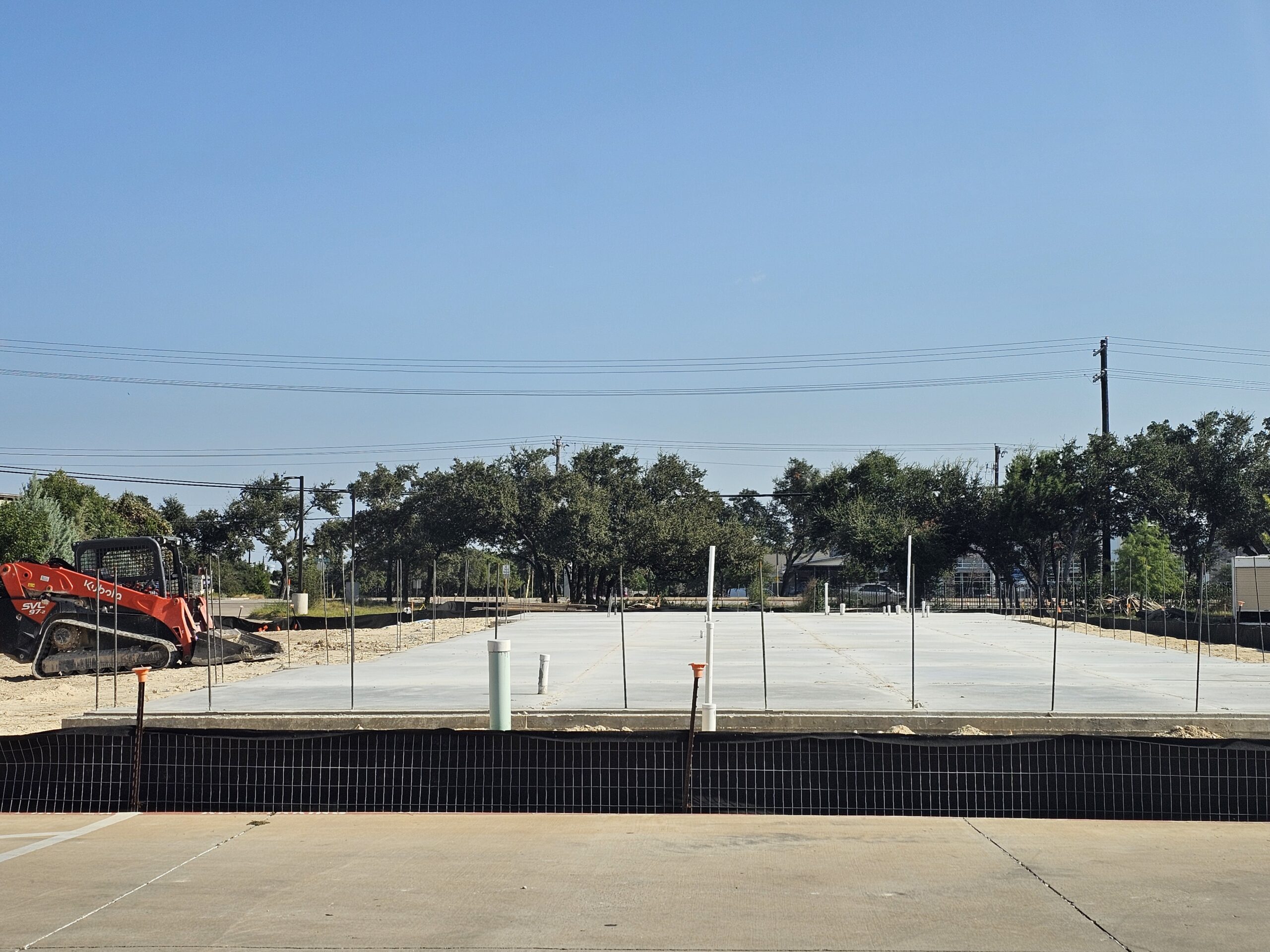The decision as to where to place your company’s next location – whether it be a single location or part of a comprehensive, multi-location corporate expansion strategy – is a momentous one. The stakes are very high: choosing a potentially less-profitable location than an alternative you could have gone with would likely translate to the loss of millions of dollars unearned revenue over the next 5-10 years.
Unfortunately, most site selection teams make one or more all-too-common mistakes that result in the decision to set up shop in a less-than-profitable location – or even results in choosing a very painful dud location. One bad decision can seriously hurt your company’s bottom line and threaten overall corporate profitability.
What Does a Model-Based Approach to Real Estate Site Selection Look Like?
Ambient Array’s approach to site selection is based on a single, powerful and time-tested observation: a site’s profit potential is primarily driven by who lives and works in the area. We call these variables area factors, dimensions, or variables.
Ambient Array’s Site Selection Service
Enter Ambient Array’s Site Array(tm) site selection service. We feature a model-based approach to site selection that intelligently evaluates, weights and combines multiple significant area factors in order to produce a much more predictive revenue score. We usually start by taking into account one or more entire markets. Then, we subdivide the top markets into multiple neighborhoods or “zones” and evaluate them mathematically.
Most importantly, we base our site selection model on your own historical data. Namely, we take into account where you currently operate and how successful you have been in those locations. The resulting model is as unique to your firm as is DNA to each individual: no two models are exactly alike. We use advanced statistical techniques to home in on and isolate which factors contribute to your success – while throwing out those factors which we deem neutral or irrelevant.
What is the Typical Approach to Site Selection When Using Self-Service Software Tools?
The vast majority of site selection services available to site selection teams today are self-service tools, usually in the form of a SaaS (software as a service) but also coming in desktop formats. To evaluate a location with a self-service tool, you login, type in an address and press “Go.” The system outputs information such as population counts, demographic breakouts and more. Many of the tools include map features, and most allow you to export your data into a CSV file for further analysis in Excel.
While convenient and conferring upon their users a sense of control over their decisions, using these tools allow site selection teams to fall into one of the many mistakes commonly made by such teams.
What Are Some Common Mistakes Made by Real Estate Site Selection Teams?
We can break out the most common mistakes that real estate site selection teams make as follows.
Site Selection Mistake #1: Choosing Locations Based on Circumstantial Information
Background: There are a lot of factors to consider when it comes to site selection that contribute to potential location success. The number of variables can be overwhelming. Not surprisingly, site selection teams take various homespun approaches to narrowing their universe of location options to select a handful of specific candidate locations for final consideration.
The Big Costly Mistake: Most companies rely too much on chance to identify candidate locations for analysis. For example, many start the site selection process by randomly driving the area to scout available buildings they happen to come across. Or some may follow a tip from a “guy who knows a guy” about a vacancy in their desired market. Alternatively, they may inquire with a commercial real estate broker about available properties in a certain neighborhood they happen to favor because they personally know it. This reliance on locally-available, circumstantial information about candidate locations results in “starting too small.” They limit themselves in a way that statistically rules out much better potential location options from the very start. This is a costly mistake.
The More Profitable Alternative: Companies should start evaluating several potential markets mathematically in order to prioritize the top markets as a whole. Then, they should systematically break out each market into equally sized, small zones for profitability analysis. Only then, once having identified the most profitable neighborhoods, should they proceed to identifying particular properties for closer inspection.
Site Selection Mistake #2: Falling Victim to Confirmation Bias
Background: The human mind gets easily overwhelmed when it faces too many options, regardless of a person’s intelligence or experience. In order to avoid this cognitive overload, many corporate site selection teams narrow their universe of options down prematurely and with the wrong methodology, due in part to psychological factors. The fact is: there are in fact 387 markets (or metropolitan statistical areas) in the United States. And each of those markets has dozens of neighborhoods or zones within which to conduct a site selection search.
The Big Costly Mistake: When companies stumble upon new candidate locations to analyze circumstantially, they tend to fixate on this tiny subset of locations as if together they represent the entire universe of choices. This is what statisticians call finding a “local maximum.” It comes from optimization work, whereby a human or algorithm unnaturally limits a search to a very narrow domain (among all possible domains) and then selects the best alternative from that narrow domain. They have in fact found a local maximum, rather than the global maximum they may have found if they had searched a wider area.
So why do so many companies start their search with such a tiny set of candidate locations and then increase their own confidence over time that they’ve chosen correctly? This because we are all susceptible to confirmation bias. Confirmation bias is a cognitive science term which refers to the tendency to favor information that we already have or have become attached to: humans unconsciously work to find evidence that confirms what they already secretly favor.
The More Profitable Alternative: By starting with a neighborhood-based approach that takes into account an entire market or set of markets mathematically, you are able to cut down on or eliminate confirmation bias. The profitability score for each neighborhood speaks for itself, and ranking the zones by profitability remove the chance for confirmation bias to influence the team’s decision on which specific locations to evaluate.
Site Selection Mistake #3: Failing to Distinguish Between Neighborhood Factors and Site-Specific Factors
Background: There are two main sets of factors that contribute to a specific candidate location’s profit potential: neighborhood factors and site-specific factors. Neighborhood factors relate to an analysis who lives and works in the neighborhood. These are your potential customers, and the neighborhood score tells you how likely they are to buy from your new location. On the other hand, site-specific factors are something else altogether. These are factors such as: how easy is it to enter/leave the parking lot (ease of ingress/egress), the attractiveness of the building and grounds, the type and count of other businesses in the same center (if any), and how visible the site is from nearby major roads and thoroughfares.
The Big Costly Mistake: Evaluating neighborhood and site-specific factors at the same time or out of order for a given location conflates the role that each should play in the decision-making process. The mistake here is to allow your judgment to be clouded by either set of factors. A poorly-fitting (for your brand) neighborhood cannot make up for a beautiful or functional facility, and conversely, a great neighborhood teeming with potential customers will not necessarily result in strong sales if the user experience of getting into – and spending time in – the location is unfavorable.
The More Profitable Alternative: It’s paramount that a company’s site selection team break these two sets of factors out, treat them independently and approach their analysis in the right order. First, choose the neighborhood for profitability through a process of mathematical evaluation and prioritization. Then, evaluate the site-specific factors for the resulting candidate locations. In that order. Every time.
Site Selection Mistake #4: Failing to Evaluate the Trade Area at the Correct Radius Level(s)
Background: Choosing the right radius level – or set of radius levels – is crucial when evaluating the neighborhood factors around a set of candidate locations.
The Big Costly Mistake: Companies who use self-service SaaS tools for carrying out site selection research are often unclear as to how far out to go with their radius or drive-time settings when pulling area demographic data and population counts. This can lead to looking up statistics about the area that takes into account too much – or too little – of the surrounding geography for analysis.
The More Profitable Alternative: Ambient Array’s neighborhood factor analysis methodology incorporates historical data about our clients’ historical customer base, calculating average distance traveled for each customer. We use various statistical techniques to determine the relevant radius when pulling data. But we go a step further: we pull data at multiple radius levels (for example, at 3 miles, 10 miles and 25 miles), and then layer our research with statistical data about each radius level before combining them together into a single revenue prediction score.
Site Selection Mistake #5: Ignoring Historical Success Drivers
Background: Looking at the data is important, but how does a team know which data matters when evaluating specific site locations? The correct answer is not always intuitive.
The Big Costly Mistake: Most site selection professionals who use self-service site evaluation SaaS or desktop tools make assumptions about which data dimensions represent success factors for a site. For example, many assume that having more high-income households in the area is always more desirable. But for some businesses, having a healthy mix of households across multiple income levels around the location may be a better predictor of success. In other words, the assumptions they make about the correct data to pull and analyze are often incorrect.
The More Profitable Alternative: At Ambient Array, we pre-test for statistical correlations between individual neighborhood variables and each location’s historical profitability. This statistical pre-testing step of our model-building approach is essential. What better place to look for historical success factors than within your own data?
Site Selection Mistake #6: Not Taking into Account Enough Neighborhood Factors
Background: There are dozens or even hundreds of potential factors that can be evaluated as contributors or non-contributors to a location’s success.
The Big Costly Mistake: Many site selection teams look only at simple demographics like age, income and population counts when evaluating a neighborhood. By focusing on such a small number of variables, they will likely be overlooking the factors that actually matter to their own brand’s success when it comes to looking at each individual location as a standalone site. They will also tend to look only a absolute values (i.e., household or company counts) instead of percentage concentrations of desirable household or business types.
The More Profitable Alternative: Ambient Array starts the model-building process by analyzing dozens of potentially-relevant variables – at multiple radius levels – pertaining to each of your existing locations. We take into account not only simple demographics like age and income factors, but also dozens of psychographic and commercial factors as well. We utilize both absolute values and percentages. And, we test them for relevance, so that not all of the factors make it into our final model.
Site Selection Mistake #7: Combining Relevant Site Factors in a Simplistic Manner
Background: Once the significant variables have been identified by a site selection team, they need a way to combine all of the variables into a single predictive score – either a relative index score or a revenue prediction score.
The Big Costly Mistake: Site selection teams often use simple additive or averaging methods to combine these variables. And, they often give each dimension the same weight, even though the various factors contribute to success to varying degrees. This can lead to a model that is way less predictive than it could be.
The More Profitable Alternative: Ambient Array leverages neural network technology to combine the final variables into a predictive model. Specifically, we leverage supervised machine learning methods. This means that we feed in the relevant variable data – along with historical revenue performance – into our model. We run the model thousands of cycles until it has trained itself as to the optimal combination of variables and weights that best predicts revenue. Once the model is built, we can run the same variables (minus the historical revenue variable, since by definition it is not yet known) through the model to produce a prediction score for candidate locations.
Site Selection Mistake #8: Placing the Burden of Analysis on Non-Data Scientists
Background: Analysis is a complex process that require a highly analytical background to carry out correctly and optimally. Accessing the right data, pulling raw location-specific data, normalizing the raw data, isolating significant variables, and combining significant variables into a predictive model is a multi-step process that is best left to professional data and statistics specialists who also have a deep subject matter expertise in real estate and marketing. Add to this: the stakes are high.
The Big Costly Mistake: Self-service tools give site selection teams a false sense of security. By allowing users to pull data pertinent to a specific neighborhood around an address themselves and reading the results on the screen, the results can mislead them to conclude that a proper evaluation or recommendation has been made on that location. In other words, the team may be overly confident with the result.
The More Profitable Alternative: Model-based approaches are involve a process. They are not plug-and-play. By hiring a model-building data science team, the user gives up the immediate satisfaction of plugging in an address to a software tool and receiving instant data points about the location. But what they gain is a measurably more accurate, predictive model that they can feel confident passing to the CEO, CFO and/or board for final go-ahead approval of the neighborhood. And, there is little work involved for the team at the neighborhood analysis level. This means they can focus their energy and time on evaluating site-specific factors, once they have selected a small handful of candidate locations.
To avoid these 8 mistakes, consider engaging Ambient Array‘s model-based approach to real estate site selection.


